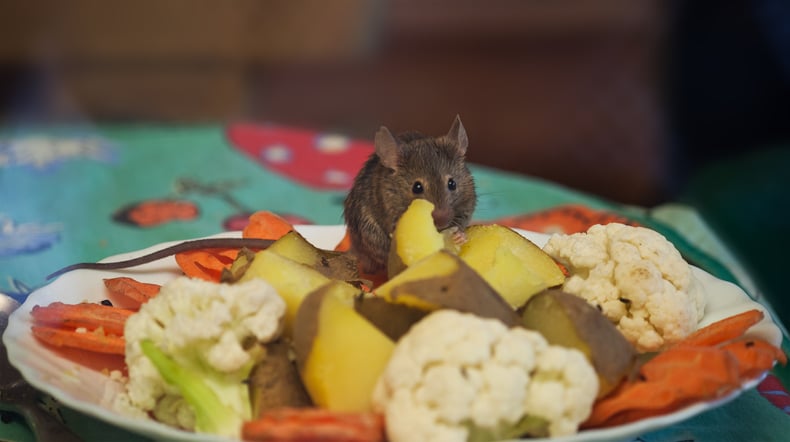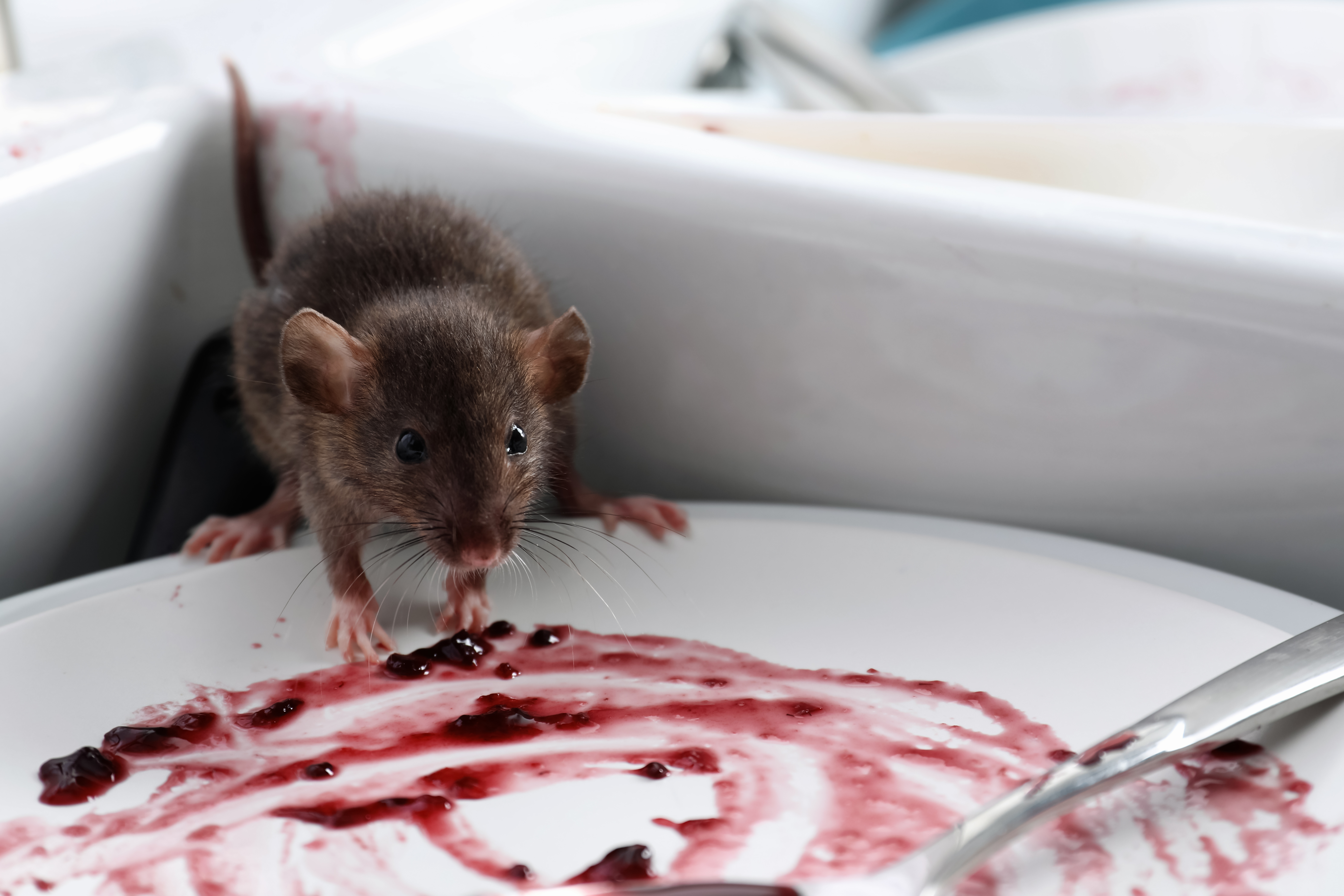By the time the last pumpkin goes in the green bin, the nights in Simi Valley, Sherman Oaks, Santa Clarita, Oxnard and Woodland Hills, are just cool enough to make attics feel like heated condos. That’s when roof rats start shopping for winter addresses. They don’t care about unit lines or HOA bylaws. If a palm frond touches a tile edge, if ivy kisses a stucco wall, if a trash lid doesn’t quite shut, they’ll find the welcome mat.
If you sit on a board, manage a community or you’re simply trying to sleep without hearing something scurry overhead, here’s the calm version of what works to get these pests under control... No panic, no scare tactics.
Why here, and why now
Our HOA neighborhoods are perfect for them, we have continuous rooflines, shared attics, fruit trees that drop snacks and landscaping that loves to climb. Add a few cool nights and a little rain, and outdoor food dries up, then warm attics start to look like a good idea. This isn’t a sign your community is “messy.” It’s a sign the season changed.
Most people don’t see rats first, they hear them. A late-night scratch above a bedroom, a half-eaten orange under a tree, a little foam chewed away from an eave vent, and all of a sudden one email from Building A turns into 10 more by the weekend. When units a wall and share attic space, problems travel faster than rumors.
What smart HOAs do (and what actually helps at home)
Start outside and work inward. What does this mean? Simply start to give your roof edges some breathing room because things like branches, bougainvillea, ivy, even a string of lights that brushes the tile can become a bridge. Make sure trash lids close and that the enclosure doesn’t collect “temporary” boxes that never leave. Inside, keep décor in latching bins instead of cardboard and keep pet food sealed; a few kibbles left out each night can feed more than a pet. If you hear scratching, don’t wait for a sighting. Early reporting beats late repairs every time. If you're a resident or HOA home owner, you should know that managers appreciate a quick heads-up and neighbors appreciate not being surprised.
A small plan that saves a big headache
Think of winter rodent control the same way you think of sprinkler checks before summer or gutter clearing before the rain, it’s just part of keeping things running smoothly. Roof rats and mice are seasonal maintenance issues, not moral failures. A small plan now saves five late-night calls later.
So, to save yourself a big headache, start with a simple rhythm: once a month, take ten minutes to look for the obvious stuff, for example:
- Are the tree branches touching tile?
- Is the ivy creeping up the wall again?
- Do the trash lids actually close or do you have to lean your hip against them?
Little fixes like trimming, sealing and tidying don’t look dramatic, but they make your property invisible to rodents, you can get rid of scent trails, easy bridges or easy snacks.
For HOAs, the payoff is huge. When boards and maintenance teams treat rodent prevention as a routine part of seasonal prep, resident complaints drop fast. You stop getting those “I heard something in my attic” emails at 10 p.m., and you stop spending emergency funds on chasing noises and your community feels cared for.
Inside the home, the same logic applies. Seal the small stuff like under-sink gaps, garage door corners and pet food lids. It’s less about perfection and more about consistency. A clean pantry and a tight lid today mean one less visitor tomorrow.
Where we fit
When you do need help, you shouldn’t have to pick between a quick patch and a major overhaul. You need a partner who actually walks the property with you, someone who understands that every HOA is its own little ecosystem with different pain points, things like shared attics, trash enclosures, carports, fruit trees and resident expectations.
That’s exactly how we approach it. At AIPM, we start with a real inspection, not just a few bait boxes and a “see you next month.” We look at the roofline, the palm trees, the attic vents and the tiniest utility penetrations... The places where other companies never even glance. Then we create a prevention plan that fits your property, not a template. Our technicians work quietly, efficiently and respectfully around residents. Most visits involve sealing small gaps, securing lids or adjusting bait stations, not construction projects. We document everything clearly so you can show the board what’s been done and what’s next.
The result? Peace of mind. The scratching stops, the complaints fade and your property manager or board looks like the team that’s always one step ahead... Because you are.








Submit a Comment